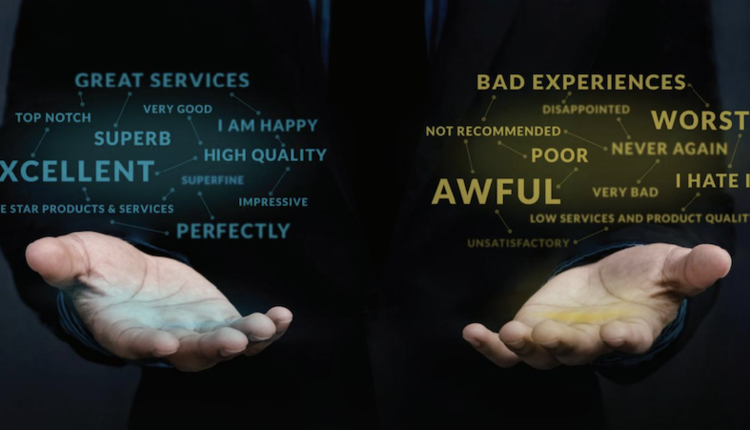
Image by: eyetoeyePIX, ©2017 Getty Images
For reasons beyond me, the idea that the earth is flat started to gain pop culture's attention in the last year or two. A quick Google search of “flat earth” generates tens of millions of results. As I read some of these articles, I started thinking about this in terms of customer journey mapping.
In my mind, the connection is that there are many ways to observe and record customer journeys—some are right, and some are ultimately incorrect. There is a place for both data and passion in any successful customer journey mapping program. After all, we all love to support our customers as much as we strive to be efficient with our time and budget.
Customer journey mapping and touchpoint mapping are becoming common practice. Just like physical mapping, customer journey maps strive to make sense of the world around us based on the information we know. As we learn more about our customer’s experiences, our maps will get more complicated. The more questions we ask, the more our maps will change, and the more information we learn, the more accurate the map will become.
Forrester has a report on how to create customer journey maps called “How to Run a Co-Creation Journey Mapping Workshop” by Riccardo Pasto and others. This report details different types of journey mapping research methods and exercises available. As you improve your journey processes, you will start to parse ownership of touchpoints. Whatever method you use, you will see that every touchpoint has a dizzying web of business, technology, regulatory, design, and consumer stakeholders. You will identify involved parties in the ecosystem that include the Postal Service, cloud technology vendors, Internet and mobile phone service providers, and others that can impact the delivery or the experience of your touchpoints.
As you uncover how complex each of your touchpoints is to deliver, you will likely seek to simplify the process of each one. After a journey mapping workshop, participants are often astonished that they are able to deliver the things they deliver today. They uncover a lot of complexity that is forgotten or never really understood. This is natural, and it happens from the slow accumulation of new messages, channels, regulations, and technology. Each new message, channel, division, product, or rule adds a tiny bit of complexity. These tiny bits go unnoticed at the time. Over 20 years, the complexity really adds up.
In 2017, it is nearly impossible to have an effective communications strategy without a successful journey mapping discipline—but that is just a start. The journey mapping process must relate to reality and bring in concepts of project-level collaboration around touchpoints. It is not enough to see the touchpoints in order. This type of complexity is addressed through simple and fluid interaction between technology, design, regulatory, consumer, and other stakeholders.
If the journey mapping exercises are not accompanied by efforts to simplify the underlying tasks, you may be creating a flat earth map. It is important to keep looking, keep asking, and keep measuring the items that make up your customer journeys. To deliver consistently high-quality communications, you need to simplify the generation of touchpoints. This means looking at the journey maps for opportunities to reuse design elements, remove production components, streamline approval processes, and incorporate A/B testing into your omni-channel touchpoint delivery systems.
The basic questions to ask when creating a customer journey map are:
- What happened before?
- What happens next?
- How can it go wrong?
After you ask those questions several hundred times, you get a basic map. Many companies are well along the path of connecting customer communications to an enterprise communication strategy. However, if you feel that your company is behind, there are plenty of ways to catch up. Many organizations exist to get you on the right path, including the Customer Experience Professionals Association (CXPA). If you want to learn in a more structured manner, you can enroll in professional certification programs (online or onsite) in design thinking and customer experience at places like Rutgers. If you need some whitepapers, here is one called “Don’t Waste Your Time with Customer Journey Maps” by Annette Franz, CCXP, that details the top mistakes and best practices.
I don’t know if your corporate earth is flat, round, or something else. I do care that you take the time to measure your touchpoints, understand them, put them in context, and improve them. Always remember that your map isn’t final. You have to keep mapping to find opportunities to improve communications while removing the complexity of delivering the touchpoints.
Scott Draeger is Vice President of Product Management at GMC Software Technology, a provider of multi-channel and highly personalized document outputs for customer communications management. For more information, visit www.gmc.net or follow him on Twitter @scottdraeger.










